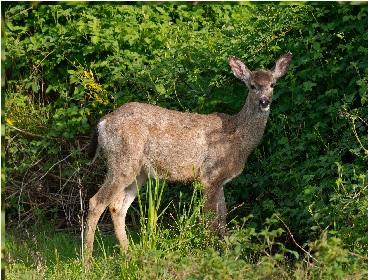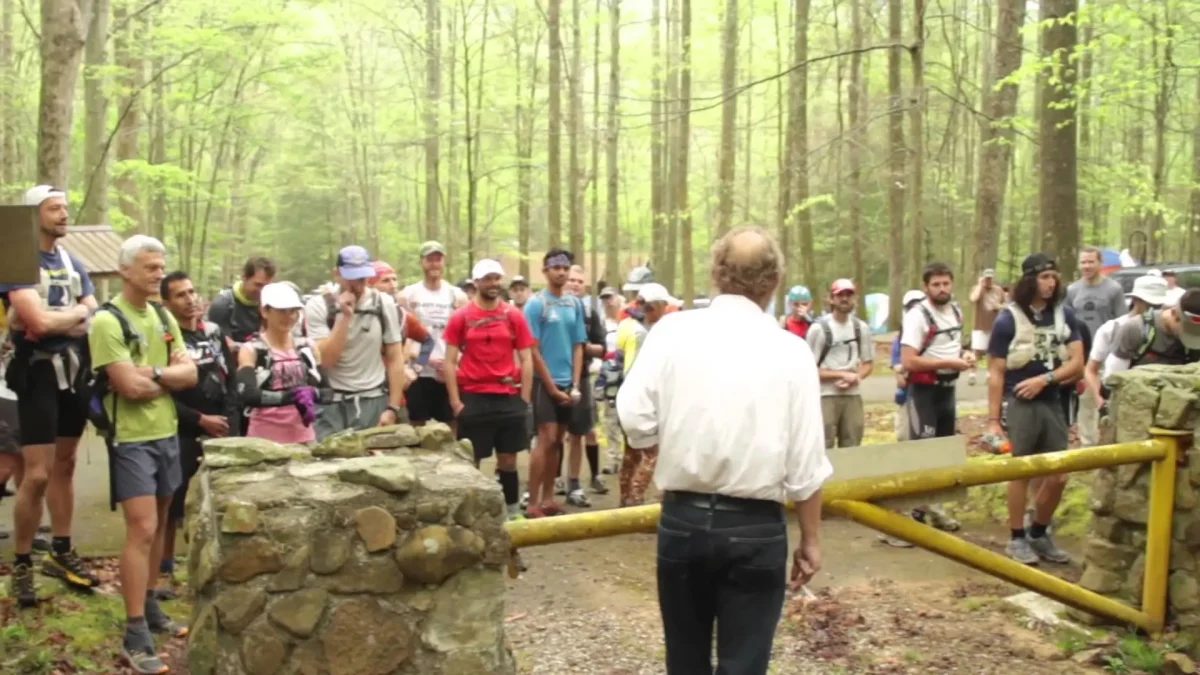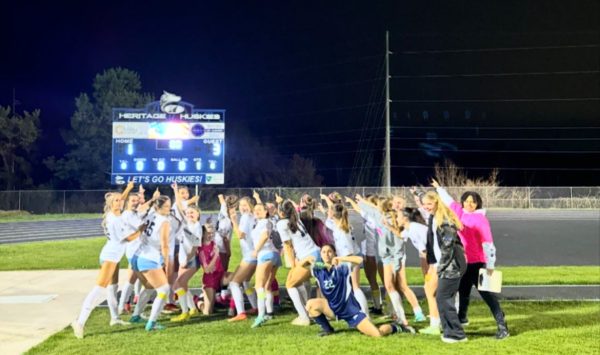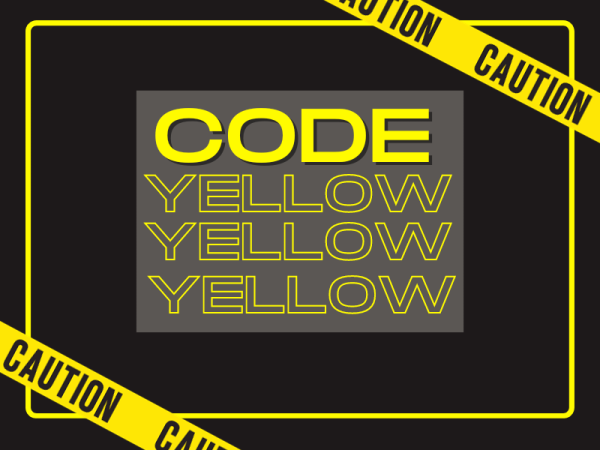Program learns more about wildlife in North Carolina

Prancing through the forests of North Carolina, this deer is one of many caught on photo by the NC Candid Critters camera traps. The NC Candid Critters project plans to expand across all 100 counties of North Carolina.
February 3, 2017
The North Carolina Candid Critters program is a collaboration between NC State University, NC Museum of Natural Sciences, NC Wildlife Resources Commission, the State Library of NC, and the Smithsonian. The North Carolina Candid Critters started releasing cameras to eastern North Carolina in December of 2016. They plan to expand statewide by March of 2017. The program makes it possible for people to participate in renting or buying hidden cameras that will capture wildlife in North Carolina. “I think the Candid Critters program would be awesome to participate in. I really want to know what kinds of animals are in my woods that I don’t already know of,” said freshman Jenna Cirillo.
People who are interested in participating in the program can check out cameras at libraries across the state. There are about 25 libraries in different counties that will allow check-outs of the camera traps, and the NC Candid Critters coordinators will give the required 40 minute training. Anyone in eastern North Carolina was able to check out a camera on November of 2016. Cameras will be able to be checked out starting February of 2017 for residents of western North Carolina. If a camera is borrowed from the Candid Critters program, it will be placed on a pre-selected spot of public land. If a camera is already owned by a participant, there is online training that must be completed before use. Participants must have permission to deploy the camera where they are putting it. The trigger speed is required to be set to less than half a second to capture as much wildlife passing by as possible.
By planting hidden cameras to capture wildlife around North Carolina, scientists are able to study what kinds of animals show up more or less frequently in certain areas. Digital archiving makes it easy for the photographs to be categorized and studied. Scientists are able to look back into these digital archives and see what North Carolina’s wildlife was like in any time from when the archiving began. Mapping trends in animal populations across the state is made possible with this program’s existence. These trends can range from whether or not animals are avoiding roads to whether or not they are avoiding specific spots in forests. Many unnatural and amazing photos have been captured, such as feral hogs and predators with prey in their mouths.





















